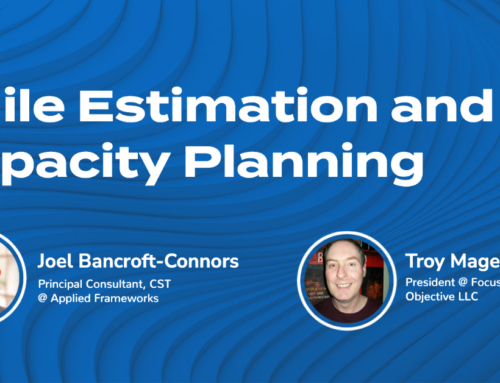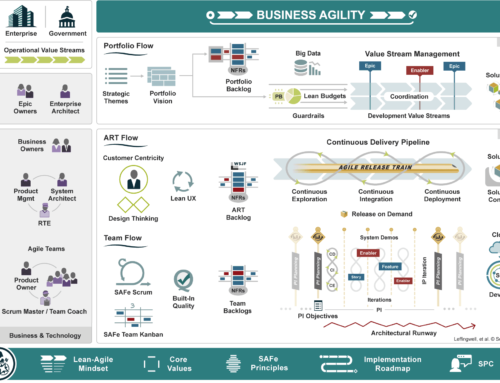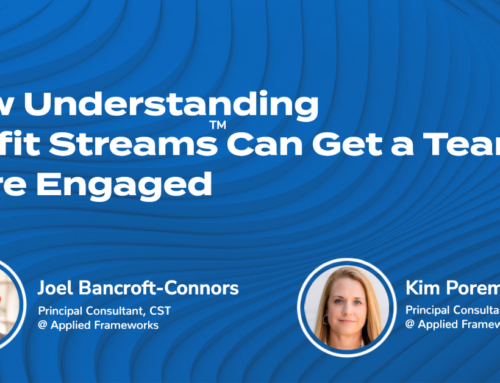Ever wonder why some Agile practitioners regularly butt heads with more traditionally minded managers? Have you ever spent significant one-on-one time with a Product Owner (or a Team member or a Stakeholder) to answer all their questions about why and how Scrum works and they still just do not “get it?” Have you ever met a ScrumMaster who says all the right Agile sounding words only to see their actions reflect a different way of thinking? If these scenarios are familiar to you, then perhaps what you are observing is not an issue of misunderstanding Agile practice, but a person operating from a belief system orthogonal to Agile and Scrum. They just have a different mindset.
In the book, Agile Mindset: Making Agile Processes Work, Gil Broza defines the mindset as, “How you think about acting in a given situation.” Regardless of the mindset we deploy, our mindset is selected in order to maximize the chances of achieving our objectives and meeting our needs. Mindset is the invisible, intangible and subjective filter we apply to our thinking about the work. Our mindset guides our approach to work, how we organize the work before us and, ultimately, how we choose to execute the work. It is fundamental and often unexamined before we begin most undertakings. Essentially, we take our mindset for granted. We rarely examine if it is appropriate for what we are tying to achieve and in most cases that is fine.
If we think about our mindset, it essentially has three parts: values, beliefs and principles. Values are what you hold to be important and the Agile mindset has four values. Principles are the guides and maxims we use to give direction to our choices in specific situations. After fifteen years of practice, the current number of Agile principles is twenty-six. A belief is any conviction we hold to be true, but it has not been rigorously proven to be accurate. Generally, a belief is so established as correct, that we do not even consider the possibility that evidence exists which might contradict our judgements about how the world works.
For instance, for centuries Western people believed the Earth was flat. The belief in a flat Earth was simply considered to be true until Western people re-discovered the learnings of the Greeks. Or consider this common belief. On cold days we lose most of our body heat through our head. Except, that belief is not true. The amount of body heat lost is directly proportional to the surface area of exposed skin.
So what are the beliefs that define the Agile mindset?
- Individuals are motivated to do good work and want to participate fully.
- Individuals work best when they are on collaborative, self-organizing teams.
- The customer cannot define the solution to their problem(s) in advance.
- The customer wants a solution that most effectively solves their problem(s).
- The best solution will emerge as the team members work with each other, the customer and the technology to solve the customer’s problem(s).
- Frequent intervals of feedback and reflection are useful and beneficial for both the team and the customer.
It is certainly possible to debate Agile beliefs, but the challenge with debating beliefs is that we cannot rigorously prove one set of beliefs, i.e. Agile beliefs, is conclusively better than other sets of beliefs. In most cases, in order to change a a belief, a believer has to choose to believe something new. Unfortunately, due to the backfire effect and confirmation bias it is very difficult for someone to alter a strongly held beliefs, even in the face of strong evidence and\or compelling arguments.
So…considering this the next time you are in a heated argument with someone over the latest Agile practice. Pause, step back and examine that perhaps what you are arguing over is not the practice, but the belief(s) that underlie the practice. Your time would be better spent in understanding the conflicting beliefs rather than debating should managers be allowed in a Retrospective or not (a real life debate I got tangled up in a few weeks back).






